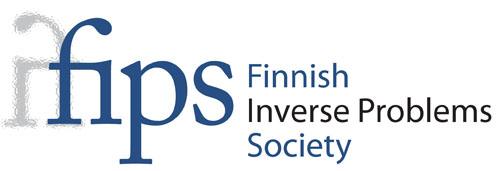
Inverse problems appear in several fields, including medical imaging, image processing, mathematical finance, astronomy, geophysics, nondestructive material testing and sub-surface prospecting. Typical inverse problems arise from asking simple questions "backwards". For instance, the simple question might be "If we know precisely the structure of the inner organs of a patient, what kind of X-ray images would we get from her?" The same question backwards is "Given a set of X-ray images of a patient, what is the three-dimensional structure of her inner organs?" This is the inverse problem of Computerized Tomography, or CT imaging.
Usually the inverse problem is more difficult than the simple question that it reverses. For example, even though the Earth's gravitational field is governed by Newton's law of gravitation, the inverse problem of finding sub-surface structures from minor variations of the gravitational field on the surface is extremely hard. Successful solution of inverse problems requires specially designed algorithms that can tolerate errors in measured data.
Inverse problems research concentrates on the mathematical theory and practical interpretation of indirect measurements. The study of inverse problems is an active area of modern applied mathematics and one of the most interdisciplinary field of science.

The Finnish Inverse Problems Society (Suomen inversioseura ry) was founded in December 1997 and officially registered in June 1998. The mission of the society is to promote research activities within the field of inverse problems in Finland and maintain and improve the connections between the various research groups working in this area. The society is interdisciplinary in nature, bringing together the expertise in mathematical, physical and engineering sciences. What is more, the society seeks to build bridges between the academia and industry.
The activities of the society include the arrangement of yearly national Inverse Problems Days, a tradition that dates back to 1995 when this small scale conference was first arranged. In this workshop, the researchers and graduate students from participating research groups present their recent or ongoing work.
The Finnish Inverse Problems Society works in close collaboration with the Finnish Centre of Excellence in Inverse Modelling and Imaging.